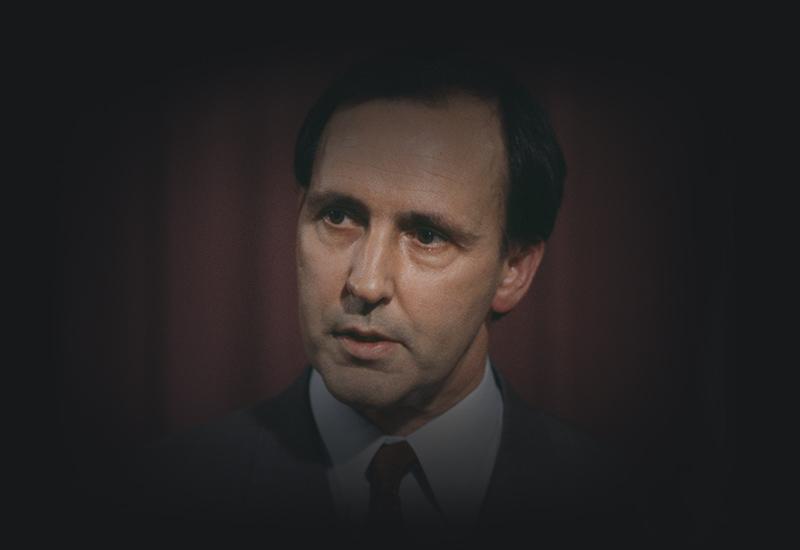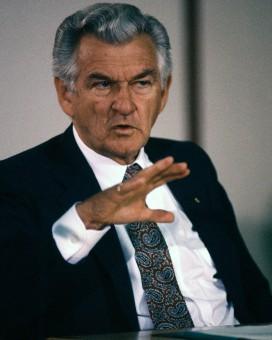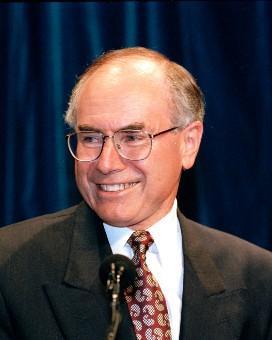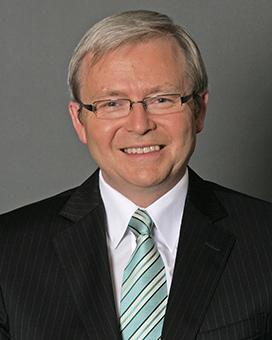On this page
1960 to 1969
25 Oct 1969: 1st elected to Federal Parliament
Keating was elected as Member of Parliament for the seat of Blaxland (NSW), in the 27th federal election.
1980 to 1989
11 March 1983: Treasurer
Keating was appointed as Treasurer in the new Hawke Labor government.
1990 to 1999
20 Dec 1991: 24th Prime Minister
Keating defeated Bob Hawke in a Labor Party leadership ballot on 19 December and was sworn in as prime minister the following day.
1 Jan 1992: World Wide Web
The 1st browser program went on sale and transformed the Internet paths to a global network. Developed by scientists in Geneva in 1989, this text-based browser enabled anyone with knowledge of the UNIX operating system to link to the Internet. The first image-based browser, Mosaic, went on sale in September 1993.
3 Jun 1992: Mabo Case
10 years after the case began, the High Court’s judgment was handed down in a case brought by people from the Torres Strait island of Mer. The decision inserted the legal doctrine of native title into Australian law. This led to the Native Title Act in 1993, which enabled Indigenous people throughout Australia to claim traditional rights to unalienated land.
1 Sep 1992: Wattle Day
Australia’s 1st official Wattle Day. The date was proclaimed as an annual celebration of the golden wattle. This wattle, Acacia pycnantha Benth., had been proclaimed the official national floral emblem in August 1988.
14 Sep 1992: Somalian crisis
Australian personnel, members of a United Nations peacekeeping force, arrived in Somalia in East Africa in a crisis of civil war and famine.
13 Mar 1993: 37th federal election
Labor under Keating retained government, with a slightly increased majority.
28 Jul 1993: The opal proclamation
Australia was provided with a national gemstone, when the opal was officially proclaimed to fit this role. The environmental conditions necessary for opal to form are more common in Australia than elsewhere. Australia produces 95% of the world’s opals.
9 Aug 1993: Phosphate payout
Australia agreed to pay Nauru $107 million in compensation for damage caused to the island by phosphate mining. In June 1992, the International Court of Justice ruled on the claim, holding Australia alone liable.
20 Nov 1993: Strengthening APEC
Regional heads of government met in Seattle in the United States to expand the Asia-Pacific Economic Forum, an initiative of Australia. Malaysia’s prime minister did not attend, and relations with Australia deteriorated. Relations recovered with the visit of the Prime Minister to Malaysia in January 1996.
30 Mar 1994: Industrial Relations Court
An Act established the Industrial Relations Court of Australia to take over the functions of the Industrial Division of the Federal Court of Australia. This arrangement was altered when industrial relations were restructured in 1997.
10 May 1994: End of apartheid
Nelson Mandela became President of the Republic of South Africa after the 1st post-apartheid elections. In July, South Africa re-joined the British Commonwealth. Australia had played a strong role in the sanctions policy against the apartheid regime that outlawed the African National Congress and jailed Mandela from 1963 to 1990.
1 Jan 1995: World Trade Organization
Established in Geneva under the international Uruguay Round negotiations from 1986 to 1994, the WTO was set up to negotiate and implement the regulation of international trade agreements. In 2002, there were 144 member countries.
8 Nov 1995: Death of a prime minister
Israeli leader Yitzhak Rabin was assassinated by an Israeli gunman. This threatened the fragile progress towards peace between Israel and Palestine achieved by the Washington agreement 2 years before.
14 Dec 1995: Peace in Bosnia
After 3 years of war in the post-Yugoslav states, the presidents of Croatia and Serbia, and the Bosnian Muslim leader, signed a peace treaty ending hostilities.
28 Dec 1995: Nuclear weapons testing
Australia joined countries protesting against France’s renewed nuclear weapons testing. The French exploded nuclear devices at Mururoa Atoll in the South Pacific 1 month after a United Nations vote for an immediate ban on nuclear testing.
16 Feb 1996: 22nd Governor-General
Sir William Deane served as Governor-General until 29 June 2001.
2 Mar 1996: 38th federal election
Keating’s Labor government is defeated by the Liberal-National Coalition under John Howard.
11 Mar 1996: Left office
Keating resigned as prime minister following Labor’s electoral defeat, 13 years to the day after the swearing in of the Hawke Labor government in which he played a key role.
23 Apr 1996: Left Parliament
Keating resigned from Parliament before the new Parliament met the following week.





